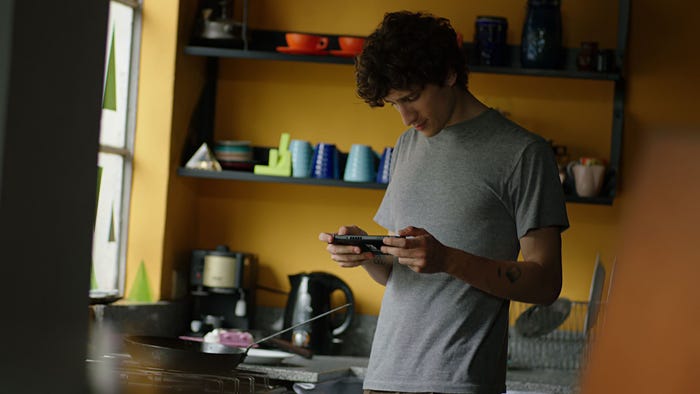Deus Ex Human Revolution art director Jonathan Jacques-Belletete discussed his vision for the game's new art style, which marries a cyberpunk aesthetic with the clothing and architectural style of the Renaissance.

“We took some pretty different aesthetic choices on this game, and it wasn’t easy to bring it to where we are today,” said Jonathan Jacques-Belletete, art director of Eidos Montreal. “We started from nothing, literally,” he said, referencing the fact that there were 5 people in the dev team initially. The first thing they did was go back to original. “That was very, very important. We all started playing it thoroughly, and then somebody voluntarily played the second one, just to make sure,” he joked. “It’s amazing how it sucks you right back in, it doesn’t matter if it’s 10 years old.” “So going back to the original, what is the art direction of DX1?” It wasn’t really cohesive, he said. It had cyberpunk, but didn't really have fully-realized aesthetics. You’ve got to find your own voice. “Don’t expect anything original from an echo,” he said. “If you really pour your soul into what you’re creating, changes are if you’re successful and your team is behind you it can really turn into a work of art.” So they went with two high-level visual values: illustration over simulation, and the idea that design distinctions create desire. “We’re not trying to make it super photorealistic,” said Jacques-Belletete. “It’s more about making it credible, not like making it a simulation. Games that have realistic characters, you talk to them and they might stand in front of some low-fi poly” and the juxtaposition just doesn’t work. “Let’s try to illustrate the world instead of trying to simulate it,” he posed, “and make it more even through the world.” He then showed a screenshot collage of 8 or so games, including Gears of War, Fuel of War, GRAW, Killzone 2, and Turok, saying could all be from the same game. “In order to help us be different from that, we set two main analogies and metaphors for the game.” These analogies were the Icarus myth, and the idea of a cyber-Renaissance. The Icarus Myth is easily described by the cyberpunk idea of transhumanism – people transcending humanity through physical (cybernetic) augmentation. Icarus was “tripping over transhumanism,” said Jacques-Belletete, “he’s having too much fun, he flies to close to the sun, and it burns and he falls to his death. So I thought that’s my metaphor.” Then comes the idea of a cyber-Renaissance. “Why would you try so hard to mix such eclectic variables together?” he posed. Essentially, he just saw a lot of parallels between cybernetics and the learnings of the Renaissance, from the discovery of Geometry to the new breakthroughs in the study of anatomy. “If you want to upgrade a system, you first have to understand how a system works,” he said, and that happened during the renaissance. It took two years of trying to combine archetypes of cyberpunk with archetypes from the Renaissance, finding that he was working against the native talents of his team. The key elements to explore were balloon sleeves and pants, ruffled collars, and renaissance patterns. “We tried a lot of things and it just didn’t work,” he admitted. “I’m not kidding, we really had friction on the team because of that, because of that vision. I thought about giving up many times, because these guys are some of the best in the industry, and who am I to tell them what to do? Then I started looking at fashion, real fashion, which is something I think we don’t do enough.” “My concept artists have drawn huge guys with guns for 20 years, and I’m asking them to do fashion,” he opined. “If I had to start over again, I would’ve hired a real fashion designer, if we had enough money.” But fashion proved a breakthrough, allowing them to keep a consistent, different visual style. “Why is it that in our industry we try to put everything into our realism and everything, and they still look like zombies? Then Disney puts mouths on a coffee cup and a pot and it’s like ‘he has a life! They’re telling me a story!’” “Heavy Rain is the most uncanny valley game,” he said. “I mean it’s gorgeous, but those people are scary!” When making a new game art style, “it’s about finding a visual constant, and it’s about being as original as possible,” he said. And if for some reason it doesn’t work, “at least I can say we went for something original, and not just a mere echo.”
Read more about:
event gdcAbout the Author(s)
You May Also Like









